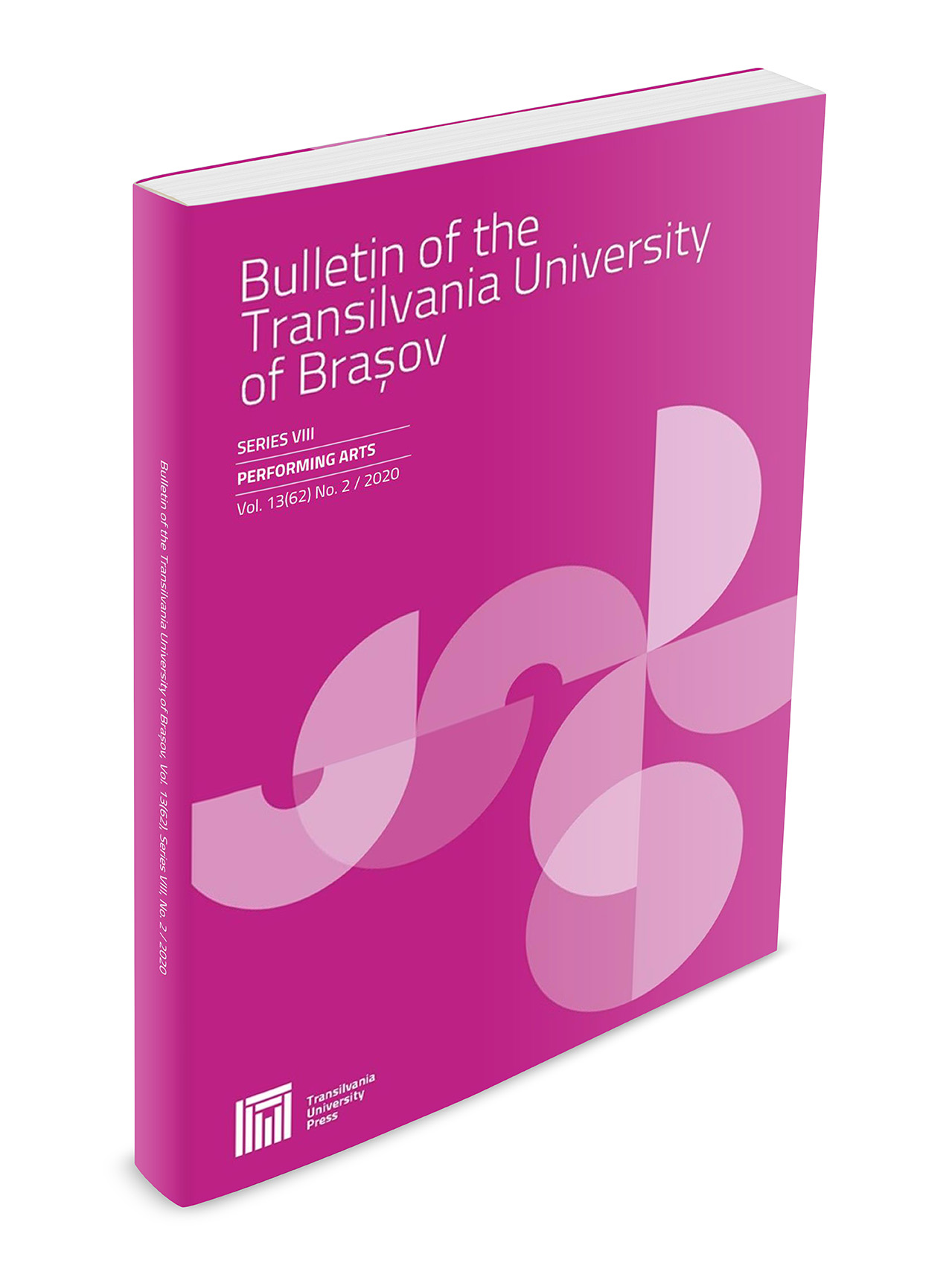The Kodaly Method in the Twenty-First Century
Keywords:
Kodaly Method, music, education, self-determination theoryAbstract
Music methodologies provide educators with a defined curriculum that transpires students to a level of musical proficiency. They are often designed for young children and can be adapted to different cultures. The Kodaly Method was developed in Hungary during the 1940s and is based on the premise that children should acquire music skills from an early age. It was first used in Hungarian schools and subsequently has been used in training institutions around the world. Since the implementation of the Kodaly Method, there have been many social, economic, and political developments that have impacted arts and education. A group of music educators visited the Zoltan Kodaly Pedagogical Institute of Music in Kecskemét and the Kodály School to observe the method in a twenty-first-century context. The Kodaly School was a testament to an enduring and successful music method. Current research has attributed the success to the quality of teaching, the commitment of the school and community, and the quantity of tuition. For the Kodaly Method to continue and flourish quality training, support, and commitment are required from the school and the community.
Downloads
Published
Issue
Section
License
Copyright (c) 2010 Bulletin of the Transilvania University of Braşov. Series VIII: Performing Arts

This work is licensed under a Creative Commons Attribution 4.0 International License.




